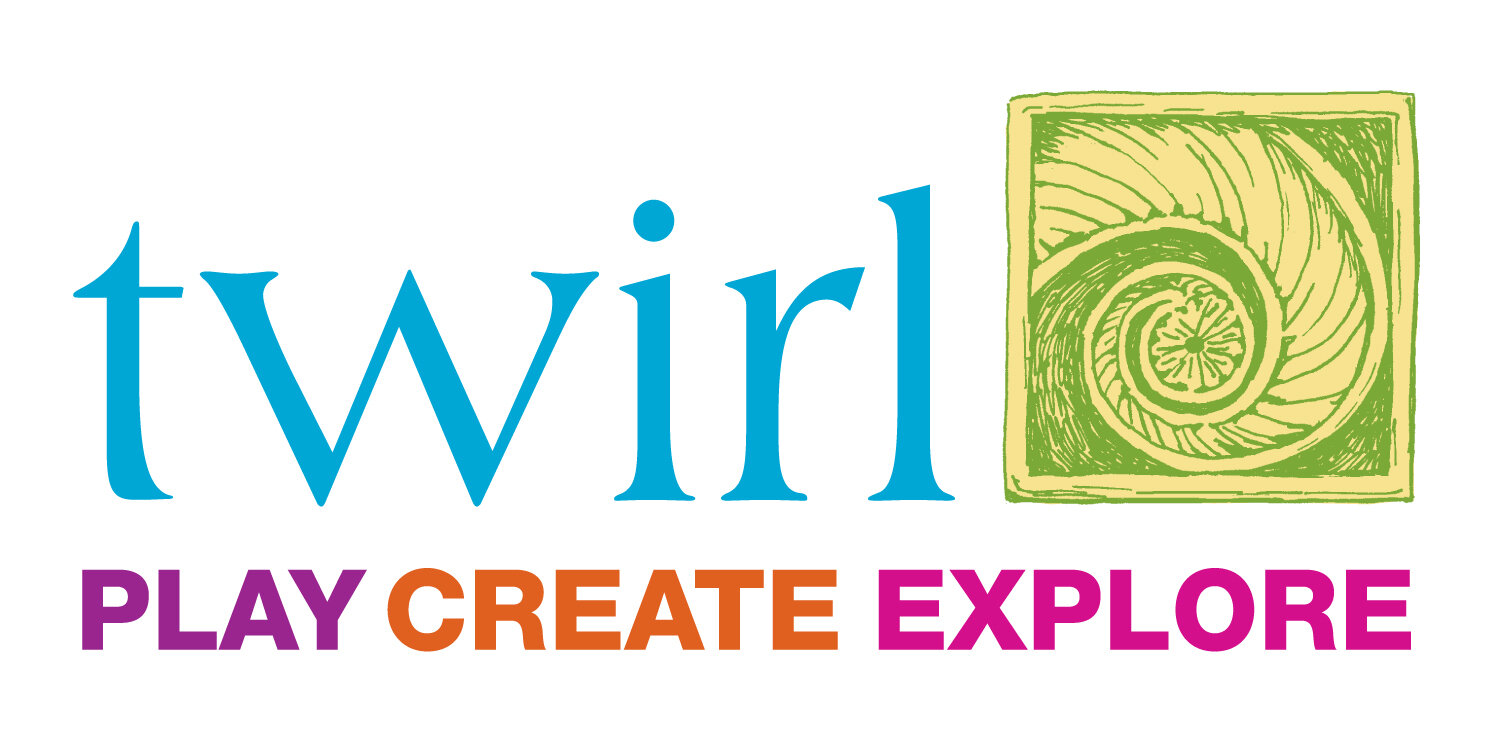Kaleidoscope
Created by Explora Science Center and Children’s Museum
“Explore the amazing properties of mirrors and lenses” - Explora
The word Kaleidoscope comes from Greek and means “beautiful form to view.” Invented by Sir David Brewster in 1817, the science of a kaleidoscope involves the principles of optics, symmetry, and reflection coming together to create beautiful and mesmerizing patterns.
Kaleidoscopes are great conversation starters to discuss various science and art concepts like colors, patterns, light reflection, and even how the eye works. A kaleidoscope can be used for simple experiments and is perfect for encouraging the use of the scientific process.
Kaleidoscopes consist of mirrors placed at right angles that reflect light and images. The light reflected off of the mirrors is like a bouncing ball. When you drop the ball straight down, it bounces back at you. If you throw the ball, so it hits the ground a short distance in front of you, it will bounce off the ground at the same angle in the opposite direction. Light behaves the same way. When using a kaleidoscope, shapes change and morph into new shapes and patterns. Kaleidoscopes can be made by using just the mirrors or with other elements such as beads, drawn designs, color or anything your imagination can come up with can be added for greater effects.
Play with kaleidoscopes helps to foster creativity and curiosity. The fantastical images and patterns that are created by kaleidoscopes instruct us about the interactions between light, reflections, and symmetry but can often leave us with more questions. What happens if more mirrors are added or if their angles are changed? How will the patterns change if more elements like color or objects are added?
Besides all of the amazing concepts that can be gained from playing with a kaleidoscope, they also can provide relaxation and be a useful emotional reset tool when looking at gorgeous patterns.

